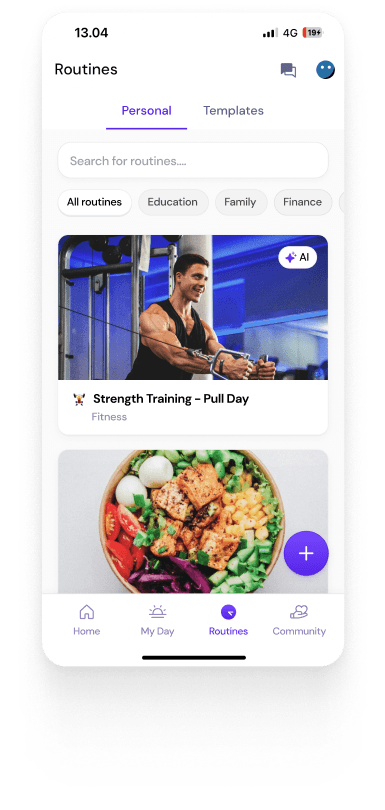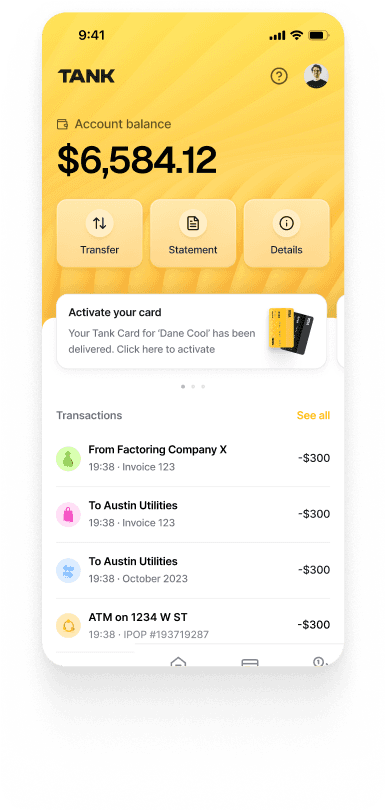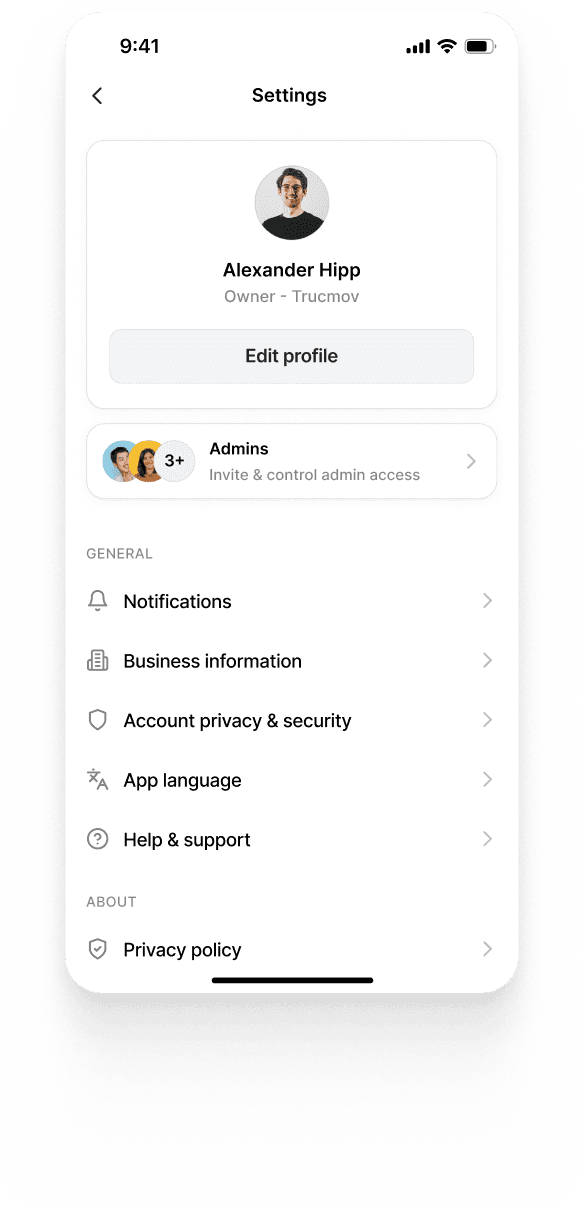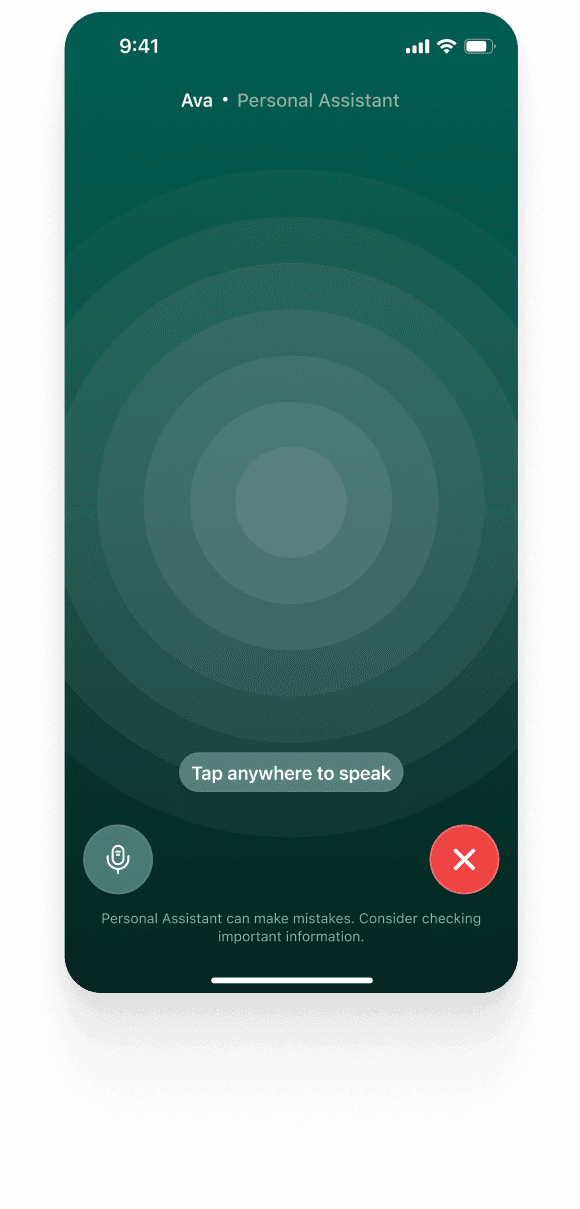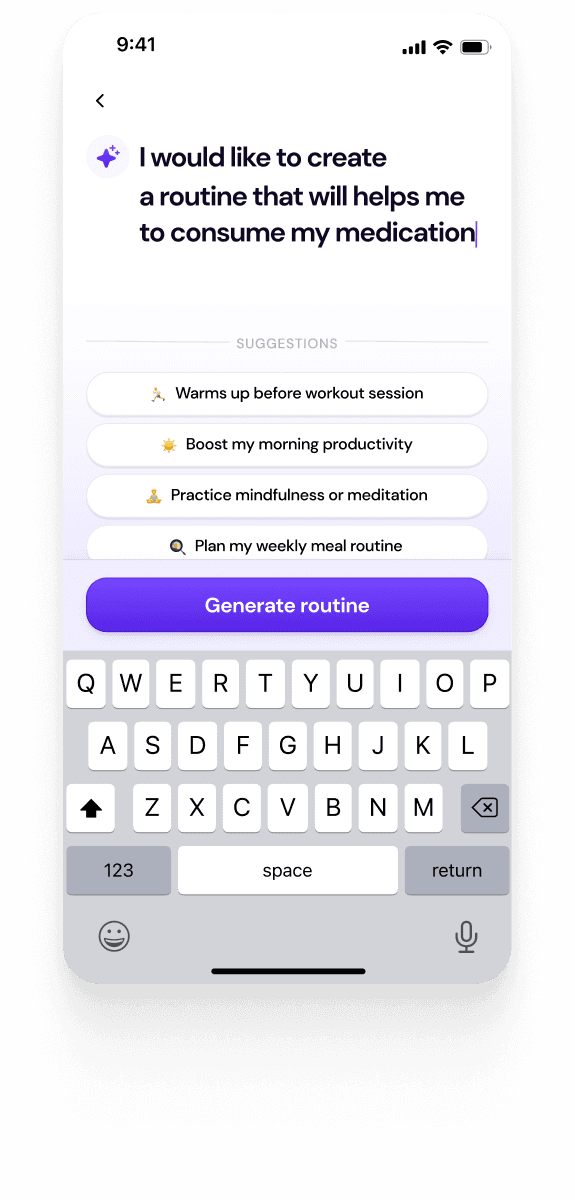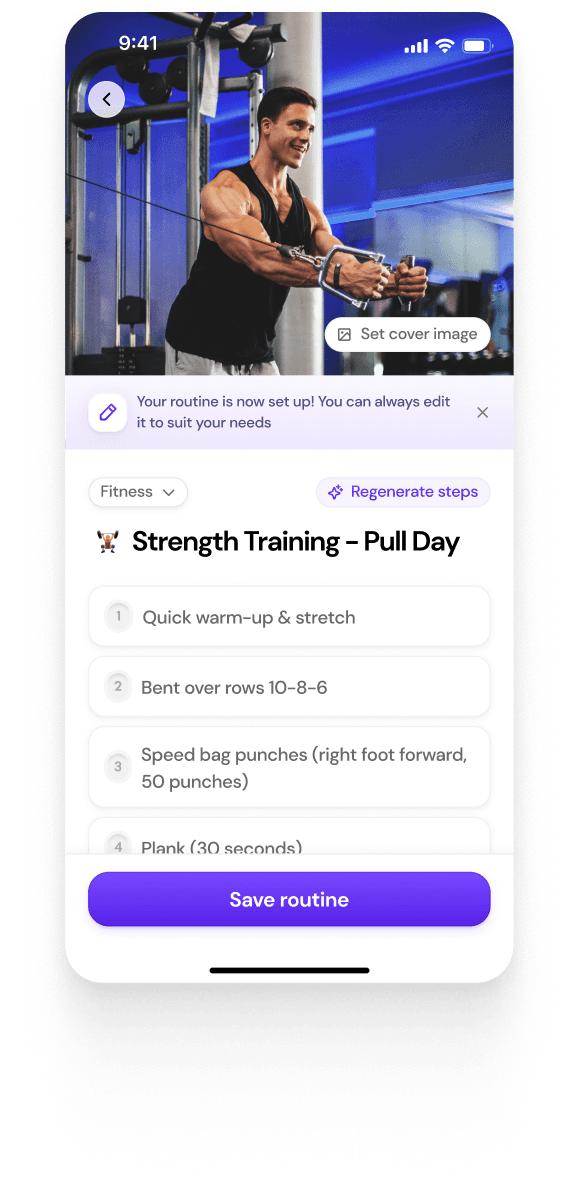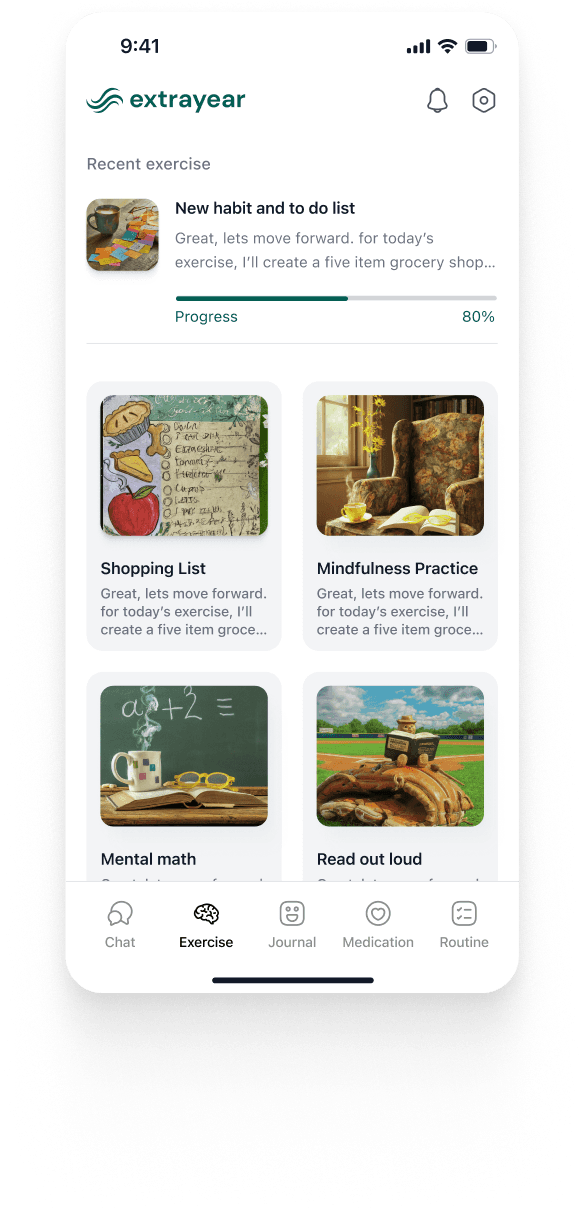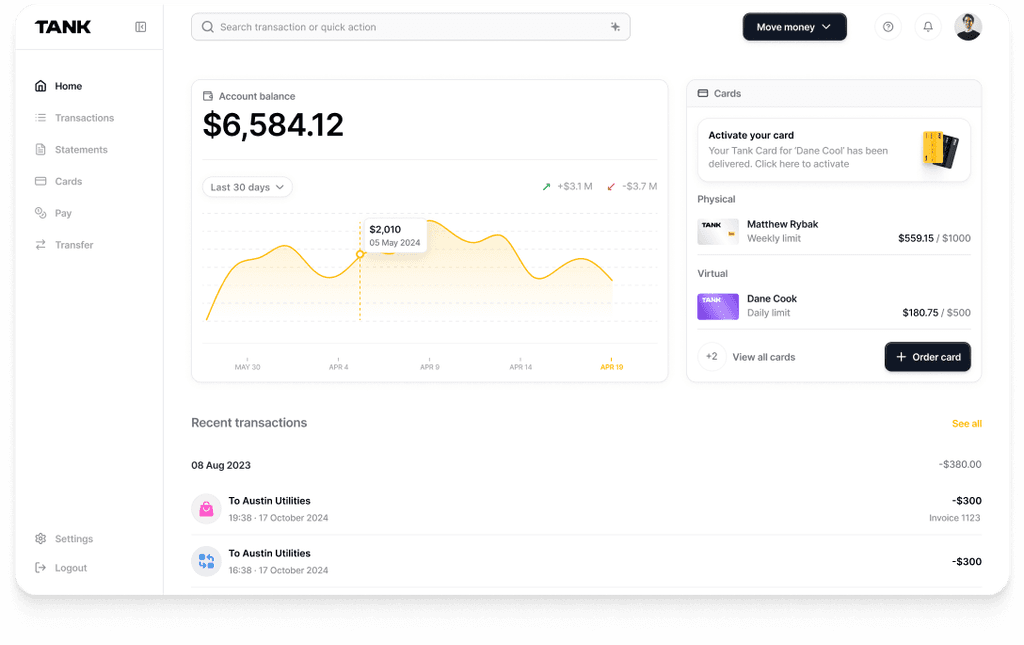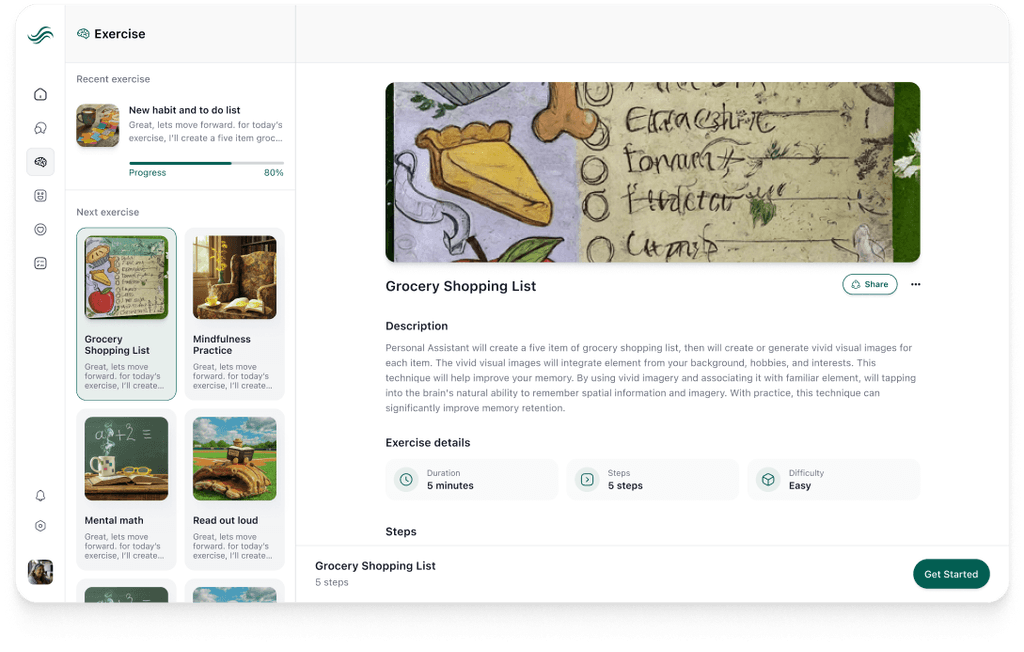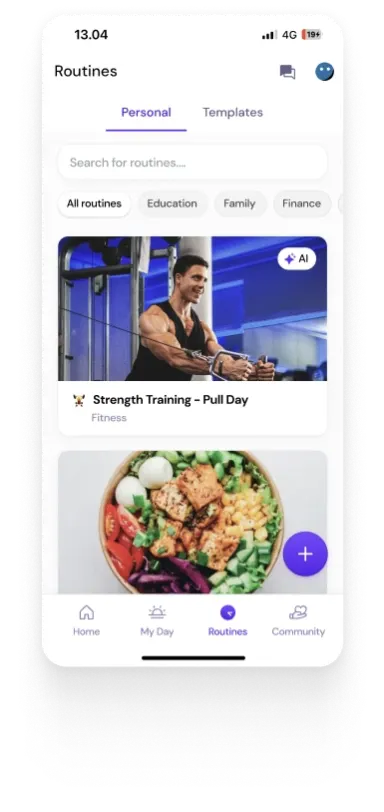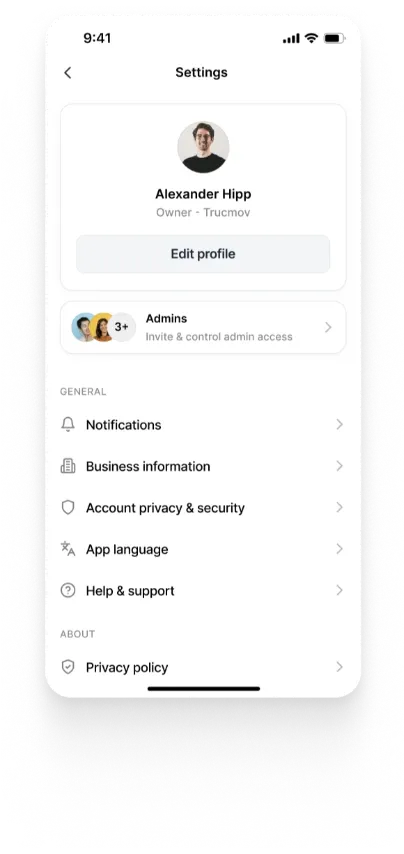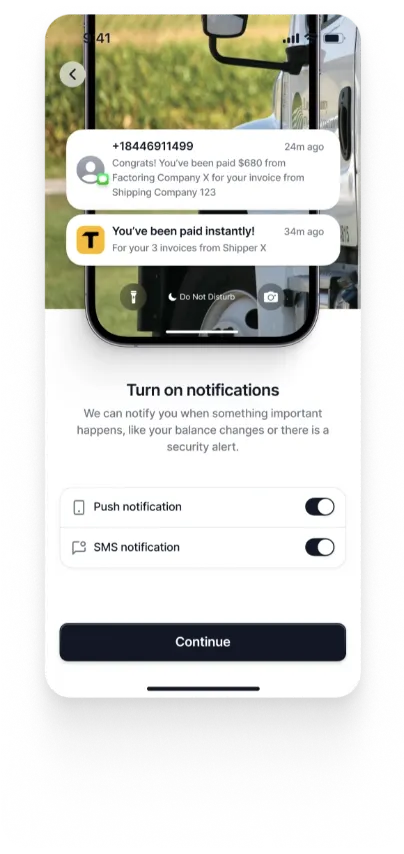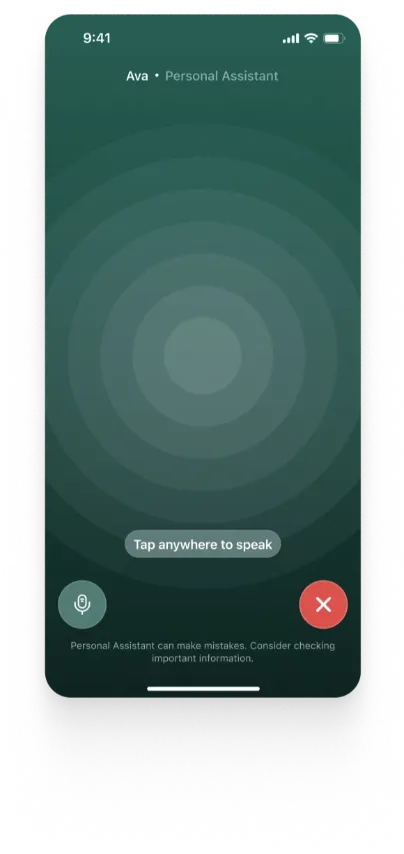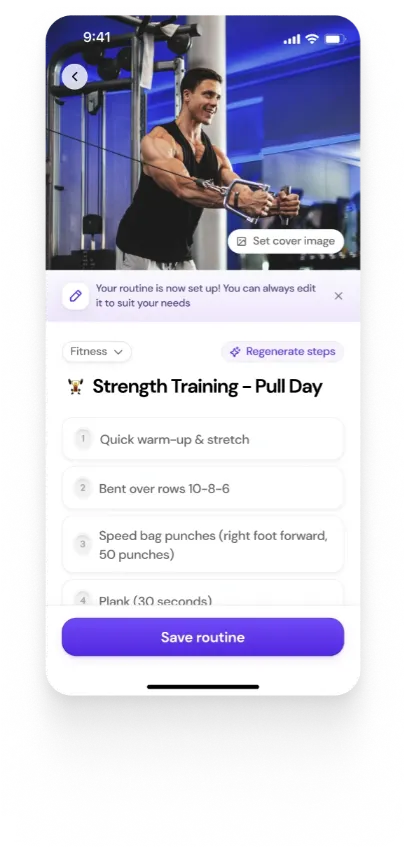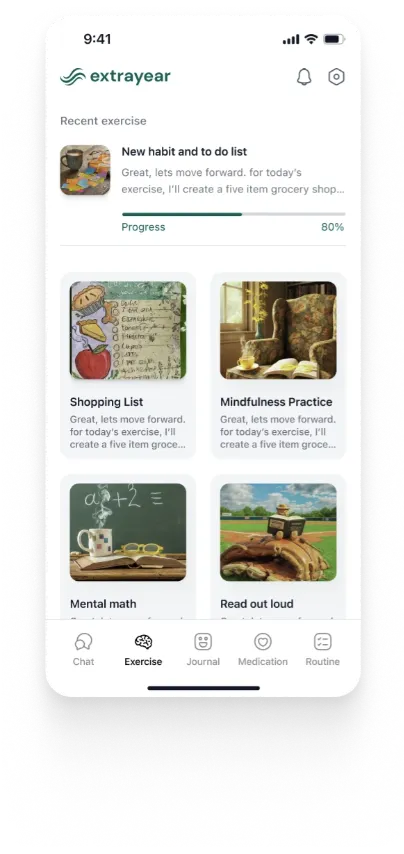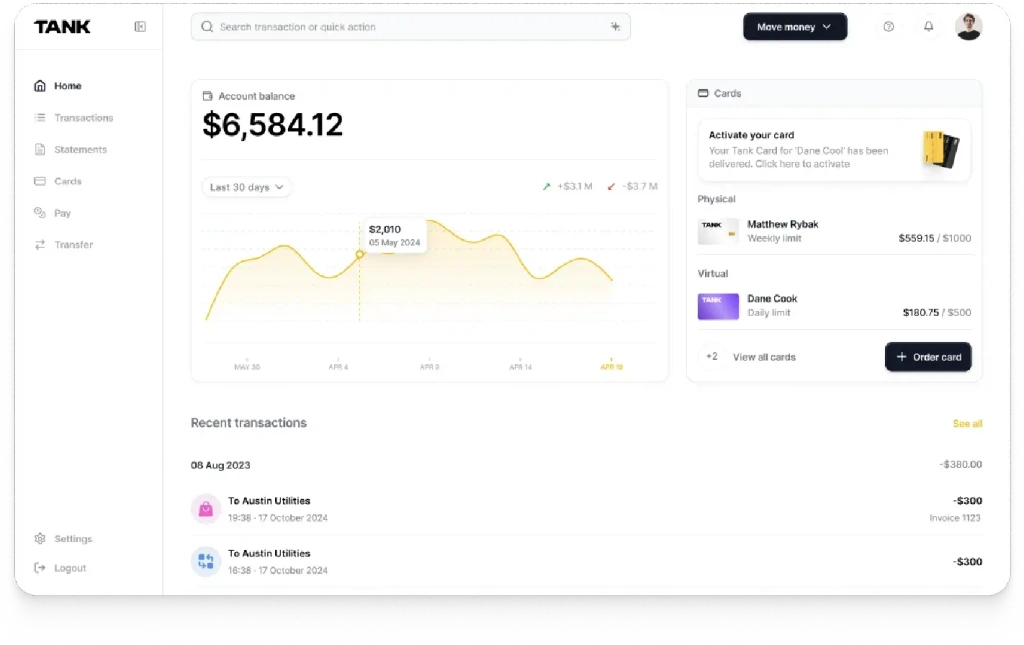Validating Product Ideas with AI-Generated Flutter Apps and Live Backend
Mar 26, 2025
Summary
Validating product ideas no longer requires weeks of development. With Steve—the first AI OS—you can generate a live Flutter app with integrated Firebase backend in hours. Steve’s Vibe Studio builds, deploys, and documents production-grade MVPs through a conversational interface, enabling fast iteration, real-world testing, and scalable architecture—all without writing code.
Key insights:
Conversational MVP Creation: Users describe their idea, and Steve generates full Flutter apps with backend and live previews.
Live Firebase Integration: Steve automates Firebase Auth, Firestore, and Hosting, allowing data-driven validation in real-world settings.
Iterative, No-Code Development: Feature changes and pivots happen via chat, with instant builds and preview URLs.
AI-Powered PRs and Docs: Every change includes structured, auto-generated documentation for transparency and collaboration.
Performance-Aware Engineering: Steve evaluates complexity, fixes errors, and tracks code quality to ensure long-term maintainability.
From Prototype to Production: Steve’s clean, modular architecture makes MVPs ready for full-scale development.
Introduction
In the age of generative AI and rapid prototyping, validating product ideas no longer requires months of development or hefty investments in engineering talent. What once involved hiring cross-functional teams, negotiating technical trade-offs, and waiting for iteration cycles can now be achieved within days, thanks to intelligent platforms like Steve. By fusing AI engineering with Flutter app generation and live backend integration, Steve's Vibe Studio empowers founders, product managers, and visionaries to bring concepts to life and test them in real-world environments with minimal overhead.
Steve, the first AI Operating System, goes beyond traditional app builders. It doesn't merely scaffold code or spit out cookie-cutter templates. Instead, it embeds intelligent decision-making into the development lifecycle. With Steve, users articulate their vision via a conversational interface, and in return, they receive not only a fully functional Flutter front-end but also a Firebase-powered live backend, fully integrated and deployable. This transformation in how we approach product development is not just a shift in tooling—it redefines the very act of validating ideas.
Intelligent Engineering Meets Real-Time Flutter App Development
At the heart of Steve's promise is its Vibe Studio, powered by Claude 3.7 Sonnet and GPT-4. This dual-model engine allows for robust, context-aware code generation. What makes this assistant stand out is not just its ability to write code, but its architectural awareness. It maintains a code bible—a continuously updated documentation of the codebase—that informs its generation logic, ensuring coherence and modularity across the project. This means when users request changes, the assistant knows where and how to implement them, making it far more than a fancy autocomplete. Instead, it behaves like an experienced software architect who understands trade-offs, dependencies, and development standards.
Flutter, chosen as the front-end framework, adds another layer of strength to Steve's app generation capabilities. Known for its cross-platform versatility, Flutter enables developers to write once and deploy across web, Android, and iOS. Steve leverages this with finesse. When a user submits a modification request—say, adding a login screen, or modifying the color palette—the AI not only generates the new code but also ensures that the project builds successfully. Every feature request initiates a build loop, during which the system checks the validity of code, integrates dependencies, and returns a preview URL for immediate review. This live feedback loop accelerates iteration, allowing users to validate UI choices, user flows, and performance behaviors quickly.
Firebase Integration and Iterative Prototyping at Scale
The real magic, however, lies in the backend. Traditional app prototypes often fall flat because they lack working backends or real-time databases. Steve eliminates this friction through seamless Firebase integration. With Firebase acting as the Backend-as-a-Service (BaaS), Steve automates everything from authentication setup to Firestore database configuration. The deployment process is entirely managed by the AI assistant, and once completed, users receive a publicly accessible URL powered by Firebase Hosting. This live backend not only makes the app testable in real-world scenarios but also enables data-driven validation—an essential element in proving product-market fit.
Iterative refinement is at the core of Steve's validation methodology. Unlike rigid scaffolding tools, Steve invites users into a dialogue. During each iteration, the conversational UI facilitates discussions with the AI assistant about new features, bugs, and improvements. Every exchange updates the underlying codebase and modifies the preview. If users want to pivot their ideas—perhaps switch from a booking app to a subscription service—the assistant accommodates that shift without requiring a new repository or a complete rework. This agility allows for true experimentation: testing onboarding experiences, experimenting with pricing models, or validating core value propositions, all without writing a single line of code manually.
Moreover, Steve ensures that these interactions are not ephemeral. Every build, every change request, and every feature deployment is automatically documented. The platform’s AI-powered PR documentation system crafts detailed, technically accurate pull requests. These include implementation notes, architectural insights, testing status, and live preview links. This elevates Steve from being a simple app generator to a true product engineering companion—one that doesn’t just build, but helps communicate and manage technical work across stakeholders.
From Concept to Production: A New Paradigm for Digital Builders
Another pivotal aspect of Steve’s AI-first validation framework is the built-in performance evaluation. The platform evaluates each change using complexity scores, error state analyses, and resolution success rates. This data is not only essential for debugging but also for understanding whether a generated feature or architectural choice increases long-term maintainability. These metrics—such as error reduction per iteration, complexity impact, and code quality deltas—serve as objective validation tools that bolster user confidence in the generated software.
In essence, Steve democratizes software prototyping. It brings the power of full-stack development into the hands of those who would traditionally be left out of the coding conversation: early-stage founders, business analysts, product designers, and marketers. No longer do they need to wait weeks for engineering sprints to see their idea come to life. With Steve, they can describe a concept in natural language and watch it evolve into a functional app, complete with UI, backend, deployment, and documentation.
This paradigm shift is particularly impactful when it comes to early-stage idea validation. Testing a new app idea doesn’t require recruiting developers or committing to expensive agency builds. Instead, users can launch an MVP with real-time data handling, user authentication, and dynamic UI in under a day. This allows for rapid A/B testing, user feedback collection, and usage analytics—all of which are critical for shaping product direction.
Furthermore, Steve’s architecture ensures that these prototypes are not throwaways. Because the platform adheres to clean architecture principles, modular componentization, and consistent formatting (thanks to tools like dart format and flutter pub get), users can choose to take the MVP forward into full production. Unlike other low-code platforms where the generated code is opaque or messy, Steve’s output is professional-grade, ready to be picked up by a development team and scaled.
Conclusion
Looking ahead, the platform’s roadmap further enhances this promise. With planned features such as AI-powered design generation and 3D data visualization, Steve aims to close the loop between ideation, design, development, and deployment. These capabilities will further solidify Steve’s position as not just a tool, but a new way of thinking about product development—one where software emerges from intelligent dialogue rather than isolated technical labor.
In conclusion, validating product ideas with AI-generated Flutter apps and live backend integration is no longer an ambitious dream—it’s a reality made accessible through Steve. By combining intelligent task management, conversational UI, and powerful engineering assistants, Steve transforms product ideas into living, testable experiences. This redefinition of validation—rapid, collaborative, and code-free—offers an extraordinary leap in how we build digital products. Whether you're a solo founder or part of a large product team, Steve equips you with the tools to move from idea to impact faster than ever before.
Validate Your Product Idea Today
Stop guessing—build and test a real app with Steve. Generate Flutter MVPs with live Firebase backends and deploy in hours.










